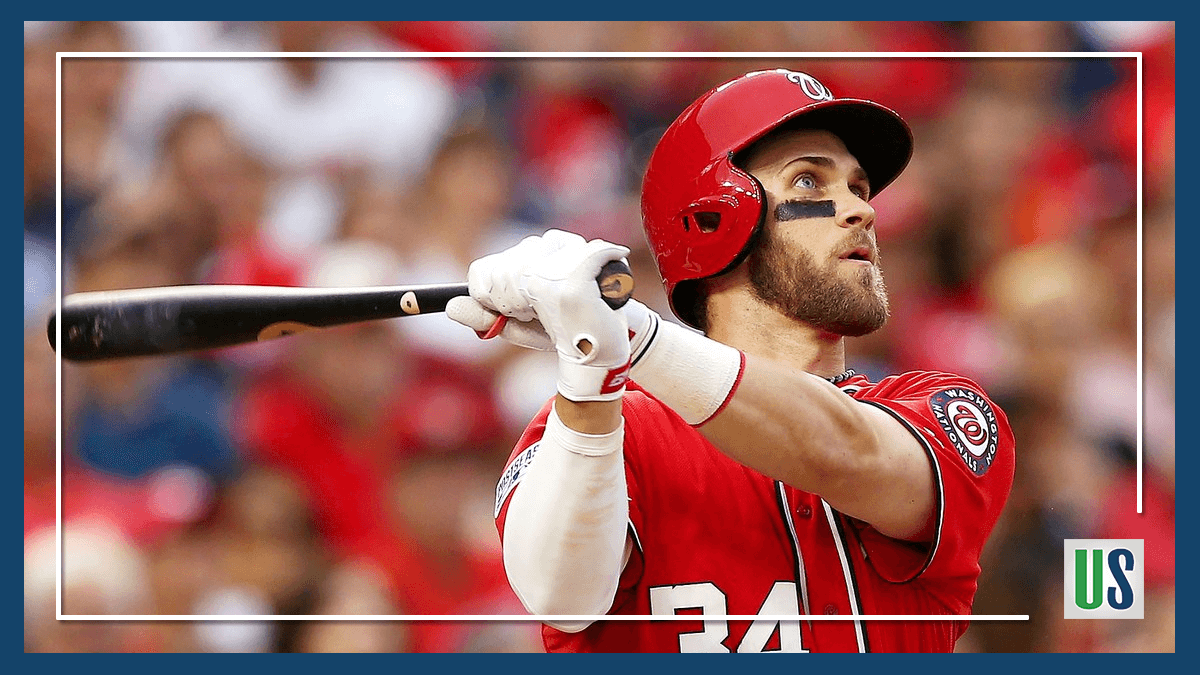These days, it hardly seems like you can watch a single MLB at-bat where the hitter doesn’t walk, strikeout or blast a home run into the seats. Indeed, a quick look at the data shows that the “three true outcomes” are happening at the highest rate of all-time. Just over 1/3 of all at-bats resulted in either a walk, home run or a strikeout in 2018.
MLB’s attendance dropped in 2018 as well, to its lowest point in the last 15 years. Is the rise of three true outcomes truly causing the decline of attendance in baseball, or is this simply a coincidence, with other factors at play?
After all, while baseball is increasingly become a battle between pitcher and hitter, and less about the defense, it’s not like this is a brand new phenomenon. Bobby Bonds, the father of the great Barry Bonds, recorded 32 home runs, 81 walks and 175 strikeouts way back in 1969, which meant a whopping 41.7% of his plate appearances resulted in one of the three true outcomes.
Bonds may be one of the first, but the ringleader for this group of sluggers is no doubt Adam Dunn. Dunn mashed in the big leagues from 2001 to 2014, hitting 462 home runs while drawing 1,317 walks and striking out 2,379 times. His career 49.9% three true outcomes rate is the highest of all-time, and he is truly the catalyst for this time of slugger.
A New Era: MLB Analytics
However, near 50% rates of three true outcomes is becoming more commonplace, as sluggers like Joey Gallo, Bryce Harper, Aaron Judge, and Paul Goldschmidt have embraced the “launch angle revolution”, which is the idea that it is more beneficial to swing with a heavy uppercut, intending to hit the ball in the air more often. This tends to lead to more strikeouts, but obviously more fly balls = more home runs.
Plus, with the ever growing shift in play, these sluggers have seen their chances of getting a hit on a ground ball nearly evaporate. Why try to hit the ball hard on the ground if the defenders are shifting to your pull side, effectively neutralizing your ability to get a hit?
Sure, the obvious response is “well these guys could bunt, or learn to slap the ball the other way” but – as they would tell you – they don’t get paid excess of $100 million dollars to slap the ball the other way, they get paid to get on base, drive runners in and hit home runs. While striking out isn’t a part of that equation, most (all?) managers will accept that as a necessary evil if their guy is also hitting 40 home runs and drawing nearly 100 walks per season.
As for the fans, well it’s kind of up to them. If you watch baseball because you like watching a shortstop make a play deep in the hole and throw someone out at first, then yes, this revolution is hurting the game you love.
Baseball’s Bigger Issues
However, pointing the finger at the three true outcomes is ignoring the bigger issues the game is facing. Namely, a lack of competition from roughly 50% of the league’s teams, as well as increasing ticket/concession prices, poor marketing of the team’s biggest stars, and a divide between the “old-school” line of thinking and the happy, celebrating “showboating” style of the game’s younger (and predominantly Latino) stars.
That’s a story for another day. For now, accept that baseball is going to have a lot of strikeouts, a lot of walks, and a lot of long, fun-to-watch home runs in the future. Even if that means your favorite shortstop doesn’t make as many plays.


